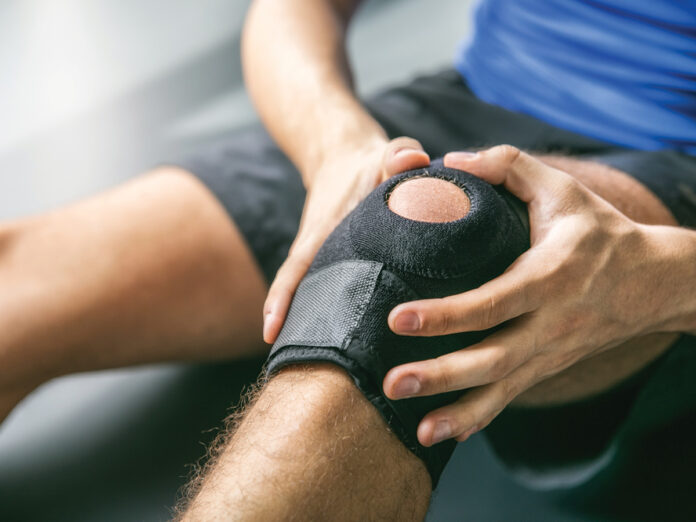
In my work as an orthopedic surgeon, some of the most challenging problems I see are chronic overuse injuries. These occur when there is continual physical stress on a joint or muscle, leaving no time to heal. Common examples include tennis elbow, runner’s knee, plantar fasciitis, rotator cuff syndrome, and osteoarthritis.
But now a new type of treatment is making a difference. Platelet-rich plasma (PRP) is a form of regenerative medicine currently being explored by sports medicine professionals and making a big difference to patients.
The body’s natural response to injury is to create inflammation. Initially, this process is helpful as it provides damaged tissue with important cells that promote healing and recovery. However, chronic inflammation in overuse injuries, can perpetuate tissue damage and cause ongoing pain.
Medications including muscle relaxants or non-steroidal anti-inflammatories (NSAIDs) can reduce injury symptoms, and physio or athletic therapy can help restore function. Typically, when these conservative treatments fail, people often turn to surgery. However, regenerative medicine such as PRP treatment may provide effective non-surgical treatment alternatives.
To develop PRP, a sample of a patient’s own blood is taken and placed in a centrifuge, a process know as blood spinning, to concentrate the platelets. The PRP preparation is then carefully injected into the site of injury, often with the aid of ultrasound guidance.
Once in the body, the platelets will release growth factors that can improve and even accelerate the healing process. These treatments simulate the natural healing process of the body, but do so with an exponentially higher concentration of cells and growth factors. Some of the most successful research studies on PRP treatments involve common overuse injuries such as tennis elbow, osteoarthritis, and jumper’s knee.
Ultimately, each patient and injury needs to be treated individually, as there are many factors involved in ensuring an optimal outcome. As our knowledge of PRP and other cutting-edge biologic therapies expands, these treatments will hopefully provide an effective option for challenging chronic overuse injuries.
















